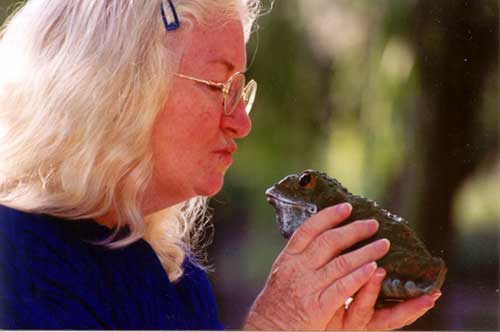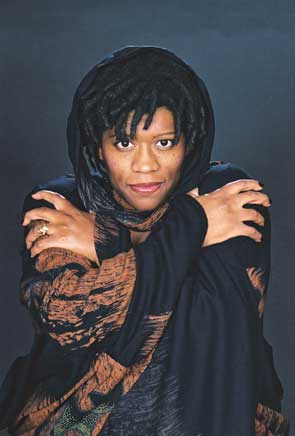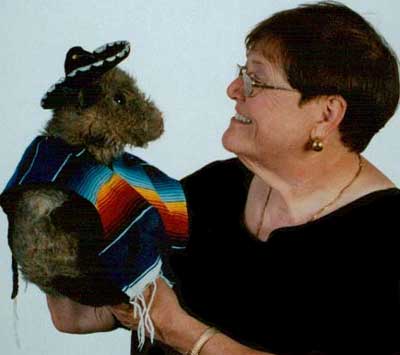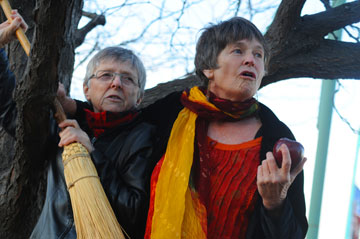Press Play to hear Elaine Wynne who is a clinical psychologist speaks on uses healing stories with children on the Art of Storytelling with Brother Wolf.

Elaine Wynne was a Storyteller first. Stories flowed freely around the kitchen table and from an Anishinabe/Irish man who lived on the farm where she grew up. She told stories to her young children and then in the early 70’s finished a degree in Storytelling and Image Development for Non-Profits. She began to perform as a storyteller and then in 1982 got a degree in the Psychology of Human Development (Storytelling and Healing as a main focus) and became a Licensed Psychologist.
She worked six years at Mpls. Children’s Medical Center and developed a story called “The Rainbow Dream”, used by children and adult cancer groups for many y ears. Later, her work using storytelling to teach self management to 2-5 year olds with asthma (with Daniel Kohen, M.D.) was published in the American Society for Clinical Hypnosis, and in numerous medical and psychological journals in Europe. Research on using stories and games as teaching methods showed significant reduction in emergency clinic and hospital visits over a two year period.
Elaine has performed and taught storytelling (and storytelling as a healing art) in Norway, Sweden, England, Ecuador, Japan, and Singapore, as well as in numerous places around Minnesota and the US. Last year, she presented a performance workshop at the 12th annual Pediatric Emergency Management of Humanitarian Disasters in Cleveland. She won Grand Prize with her husband (Storyteller Larry Johnson) at the Tokyo Video Festival for a storied exchange between children in St. Paul and London. She and Larry conduct and teach about Cousin Camp which they developed with their 13 grandchildren.
You can read more about her in this cool article in the Daily Planet







